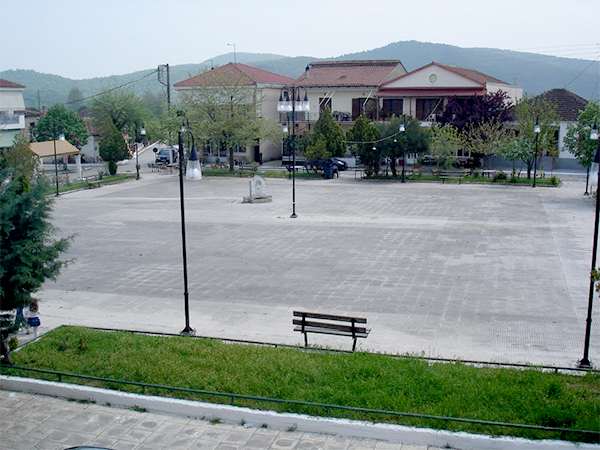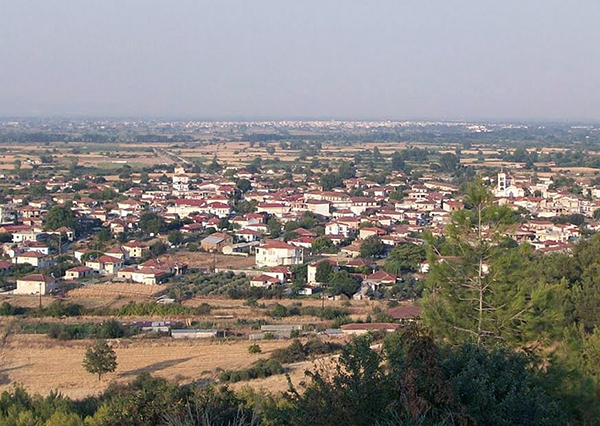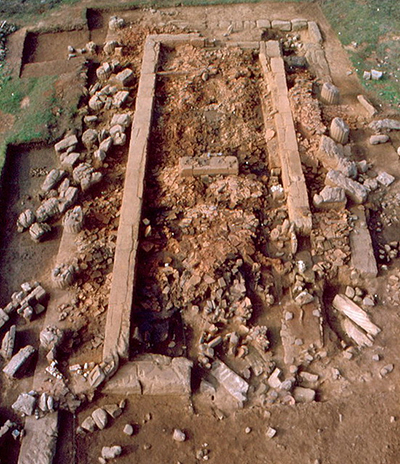
Xinoneri village square
|
|
| Leaving the town of Karditsa, heading for Plastiras Lake, in a very short distance from the Paparantza Park with the age-long tree, one comes across the municipality of Mitropolis. The total population of the municipality, according to 2001 census, comes up to 4.759 people. The lowland municipal boroughs of Kria Vrisi, Ksinoneri, Georgiko and Frago, as well as the the semi-mountainous ones of Portitsa and Agios Georgios, belong to the same municipality.
A big Percentage of the people of the lowland villages of the municipality originate from Karagounides indigenous people of the Thessaly plain who constitute the prevaling population element in the lowland part of the prefecture of Karditsa.
They have lived in this area of the prefecture for many centuries, mainly working the land. The Karagouna costume is richlydecorated and is a real masterpiece. The jewellery and the famous silver that used to adorn the Karagounes are found today in many displaycases of folklore museums.
The culture, folk traditions and customs of the Karagounides are many and ver significant. Wedding is a very important celebration for the Karagounides and ebration Karagounides and this is why, many songs and customs refer to its social dimension. The idiom of the Karagounides is also quite characteristic. |
| |
| Mitropolis |
|



